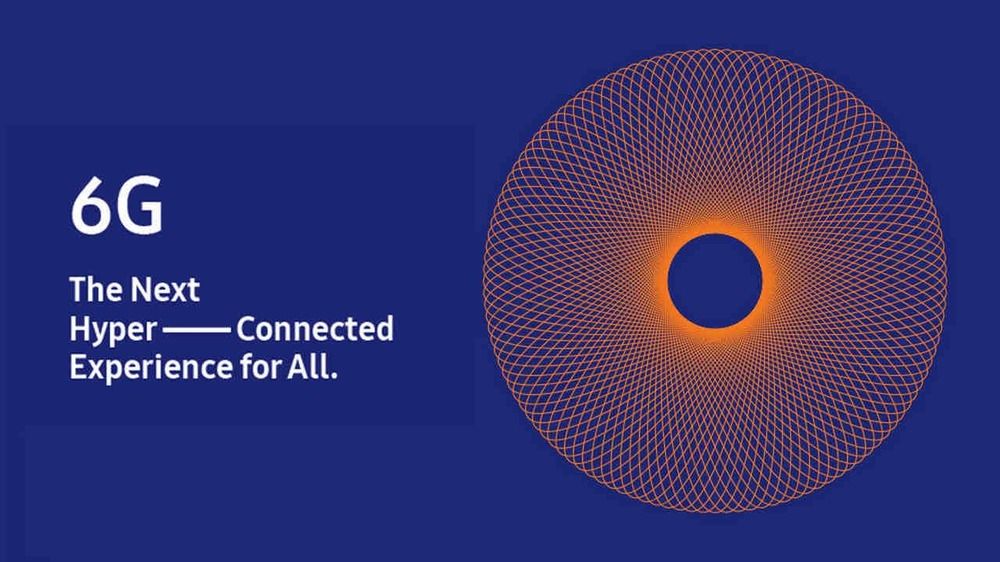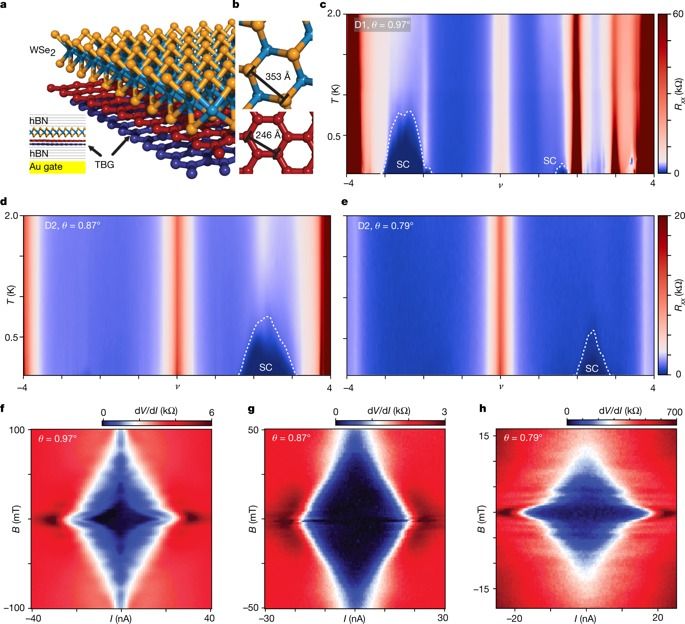How do you beat Tesla, Google, Uber and the entire multi-trillion dollar automotive industry with massive brands like Toyota, General Motors, and Volkswagen to a full self-driving car? Just maybe, by finding a way to train your AI systems that is 100,000 times cheaper.
It’s called Deep Teaching.
Perhaps not surprisingly, it works by taking human effort out of the equation.






